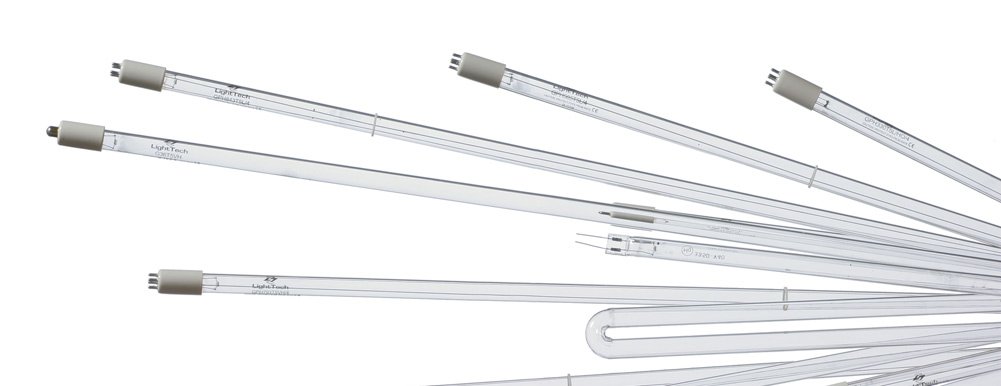Water Purification with UV Light
Safe drinking water one of our most important basic needs and water purification with UV light is an efficient solution. The World Health Organization reports that 1 in 10 people (785 million) still lack basic services, including the 144 million who drink untreated surface water. Fortunately germicidal UVC technology offers one of the safest and most cost-effective solutions for purifying water and eliminating pathogens.
Safety of Water Purification with UV Light
Germicidal UV water disinfection also provides a solution to protecting our precious eco-systems, as unlike traditional methods, UV light methods do not require chemical treatments that generate harmful byproducts. Along with offering safe drinking water, UV light systems have the potential to help reduce pollutants in our oceans, rivers, lakes and other bodies of water across the globe. They are already effectively being used by many municipalities in the U.S. (currently over twenty percent of our wastewater facilities and thousands of municipalities already use UV water purification) as well as throughout the world.
Water Disinfection Advantages
Research points to the fact that there are many advantages to germicidal UV technology. In addition to being environmentally friendly, studies show UV light can effectively eliminate parasites such as cryptosporidium and giardia bacterium. Furthermore, another important characteristic is that the biological contaminates are not able to build up a resistance to UV light. Also chemical-free UV technology only requires a short radiation time and is more cost effective than ozone disinfection units and membrane filters.
Other advantages to UV water purification systems include ease of use, low operating costs, and minimal maintenance. Consumers of the water benefit by the fact that the process does not alter the odor, taste or PH value of the water.
In addition to more municipalities electing to install UV water purification systems, it is also becoming popular as a way to safely treat water in aqua cultures and aquariums. Germicidal UV technology is an efficient method for maintaining water quality without the use of hazardous chemicals and is being used to protect marine life and increase production in fish hatcheries and rearing farms.
Water Treatment Applications
In fact many industries are realizing the benefits and safety of UV water purification. To maintain pools and spas, ozone producing germicidal UV lamps offer an efficient solution as they purify water 3,000 times faster than chlorine. In addition wastewater treatment and water reclamation industries as well as laboratories, hospitals, clinics, nursing homes, universities, schools, and veterinary clinics are all successfully using UV water disinfection systems. UV germicidal lamps also effectively treat large capacity vessels in ballast water treatment systems.
LightSources and our strategic partner LightTech, along with our affiliated companies, represent the leading high-tech designers and manufacturers in the lamp industry today. Our products are used world-wide in a multitude of applications and industries such as our UV germicidal lamps that offer patent-protected, OEM-oriented solutions. Please contact us to learn more about our extensive selection of lamps.




